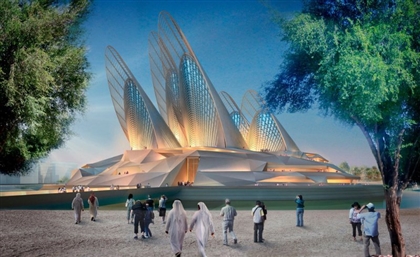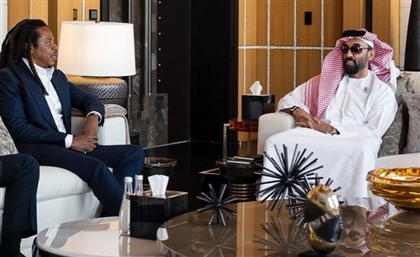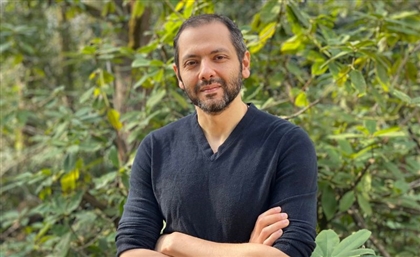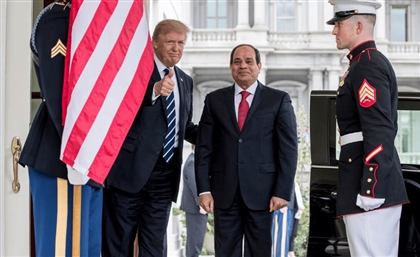High-Speed Train Network Linking Upper Egypt & Red Sea Almost Complete
The near-complete construction of the express electric train network comprises three main lines with a total length of 2,000 km.
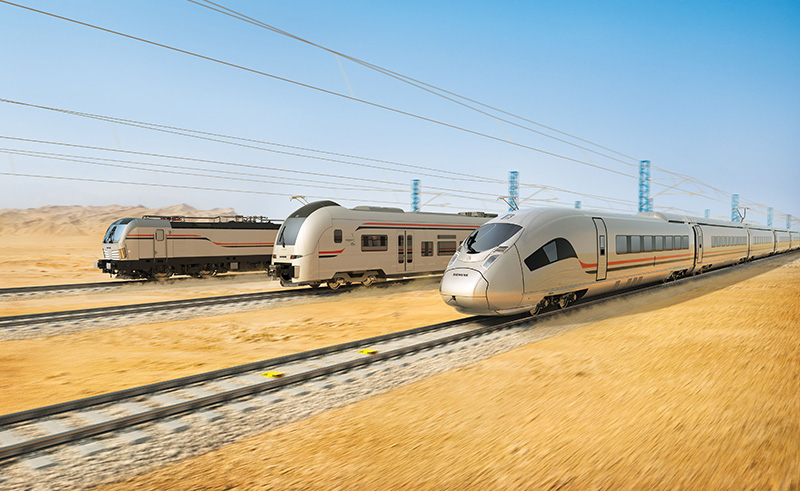
Construction of the third line of the high-speed electric train network, connecting Qena, Hurghada, and Safaga, is nearly complete.
The third line of the high-speed electric train network forms part of the development logistics corridor encompassing Safaga, Qena, and Abu Tartur. It will facilitate the connection between Upper Egypt and the Red Sea Governorate via the Qena interchange station. The line will also integrate with the existing railway network, benefiting tourist traffic by offering access to diverse destinations, including cultural and historical sites in Luxor, beach tourism in Hurghada and Sahl Hasheesh, and religious sites in southern Egypt.
Moreover, the line's logistical capabilities will support transportation services, including the movement of goods. It will enable the transportation of products such as phosphate exports from the New Valley and aluminium from Naga Hammadi to Safaga Port. Additionally, agricultural crops from East Al-Awiyyat and Toshka can be efficiently transported to Safaga Port through Aswan and Qena. The integration of Safaga Port and Hurghada Airport into the high-speed electric train network will further enhance connectivity and contribute to sustainable development in the Red Sea Governorate.
The near-complete construction of the express electric train network comprises three main lines with a total length of approximately 2,000 kilometres. The network is designed to operate at a speed of 250 km/h, with express electric trains reaching speeds of 230 km/h, regional electric trains at 160 km/h, and freight trains at 120 km/h. The third line is expected to accommodate six express electric trains, twelve regional electric trains, and six freight trains, ensuring optimum financial returns to cover operating and maintenance expenses.
- Previous Article Italian-Palestinian Duo No Input Debuts Eponymous Electro EP
- Next Article Egyptian Embassies Around the World








